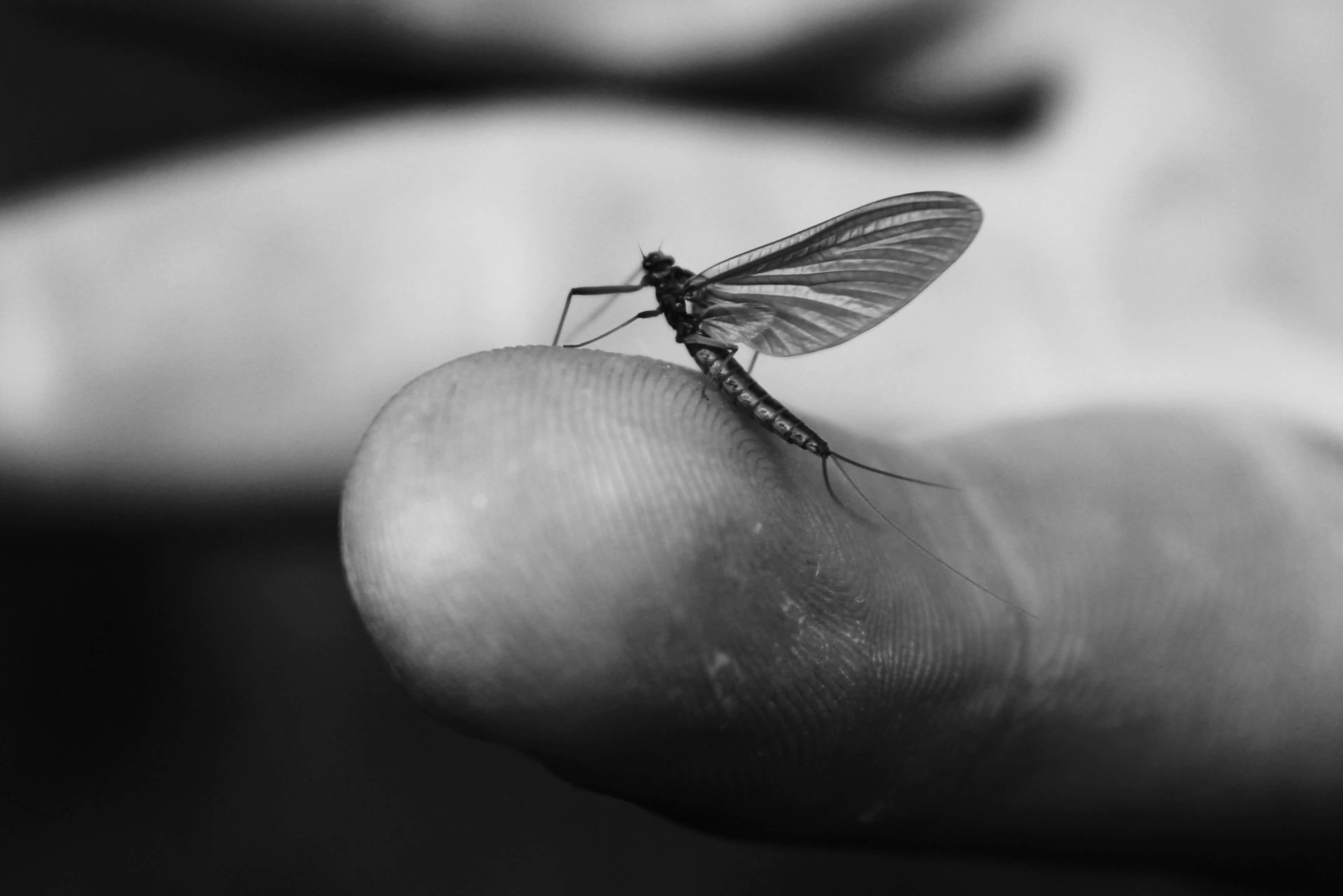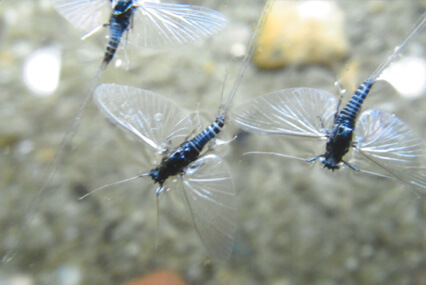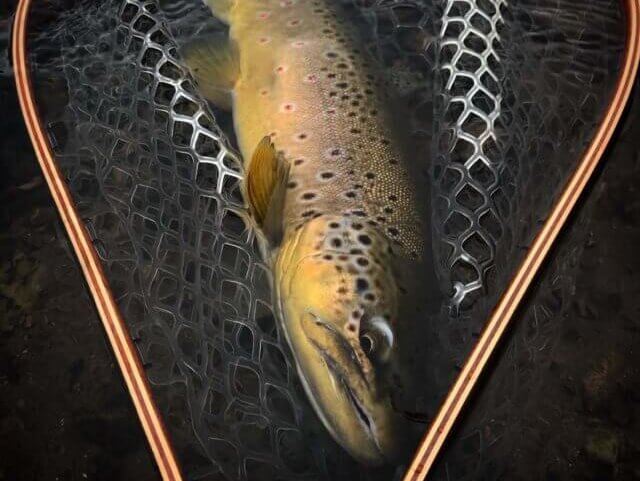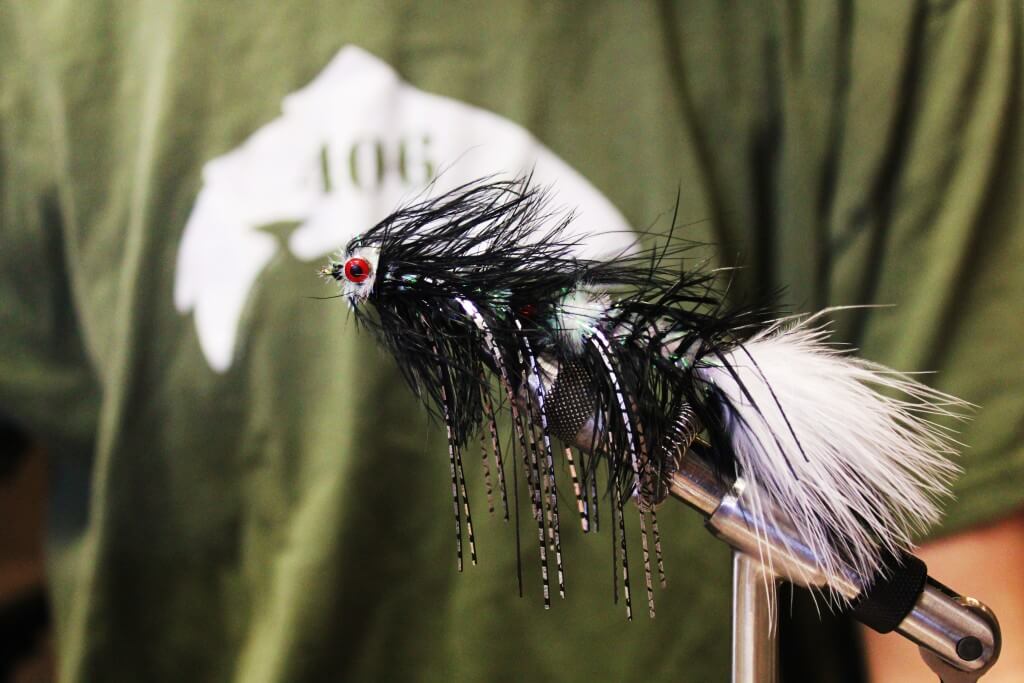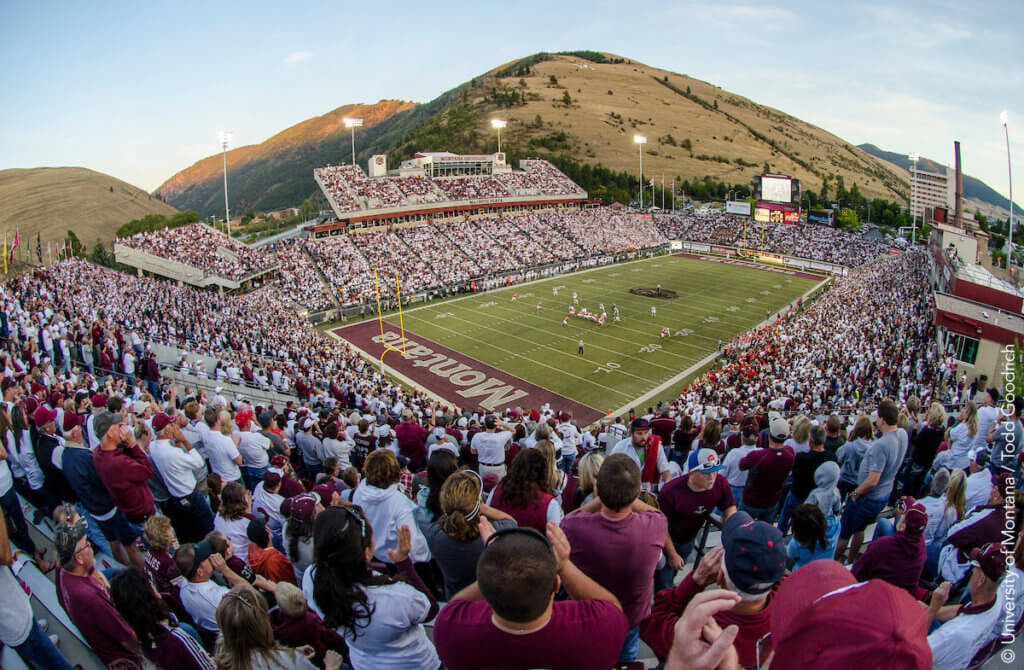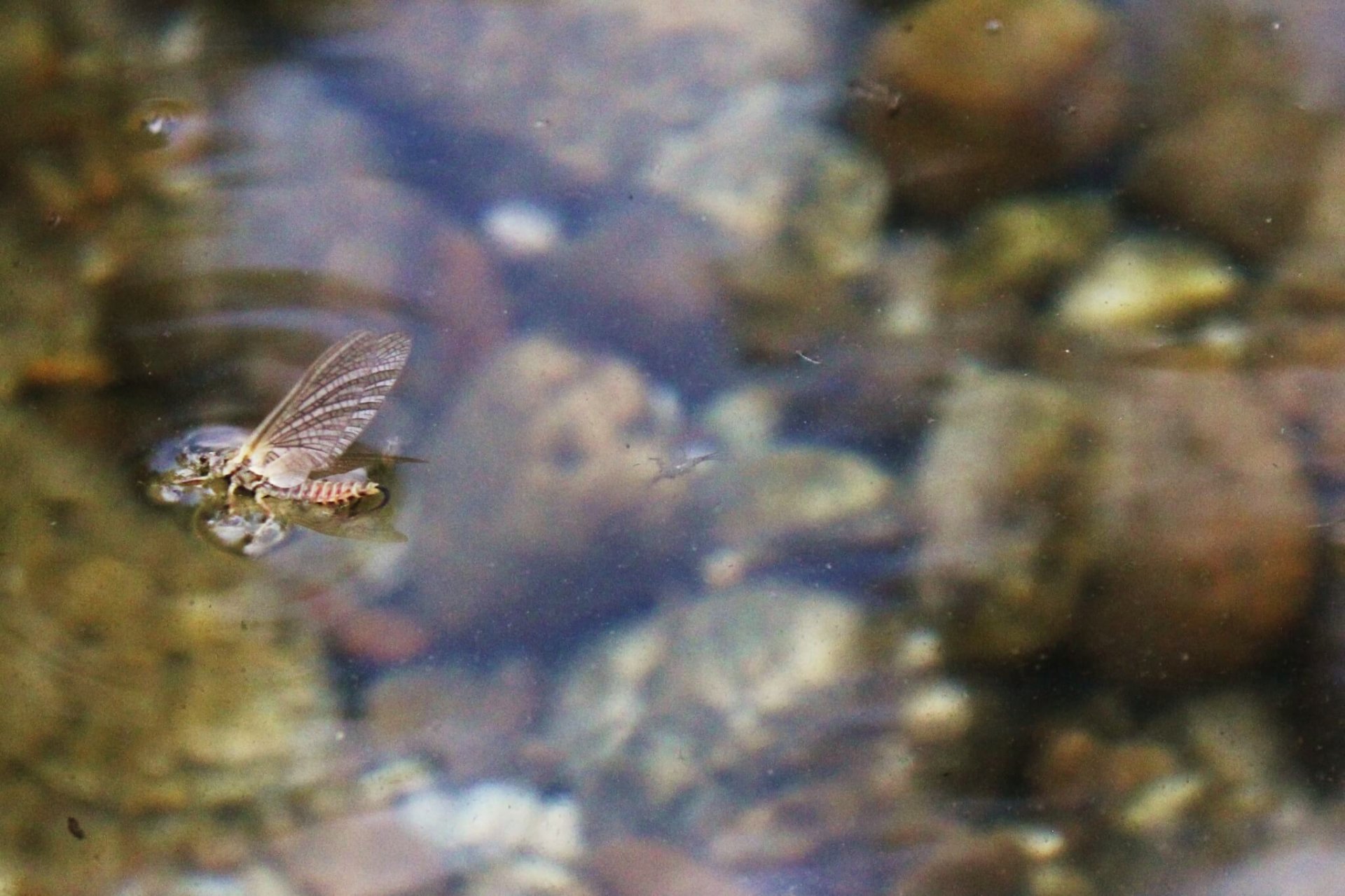. . . . .to fish fine and far off is the first and principal rule for trout angling
Charles Cotton 1676
Fishermen were not always so adept at distance casting . . . . they were great skulkers and sneakers.
M.R. Montgomery (from Hooked by Raye Carrington)
Before we go all tech, lets get some basics under our belt. There’s no question that being further away will spook fewer trout. In direct contrast, the longer a cast, the less accuracy and control we have. The art of dry fly angling is finding the happy medium between not spooking the fish, yet having the control and accuracy to place our fly where we need it in a lifelike manner. This comes from practice. You’re going to surprise a few fish as you learn how to get close. We’ve gotten very adept at judging trout size by the V-wake it makes scooting to safety! Like all dry fly fishing, this is the first conundrum to solve. How far is fine, how close is accurate!
You’ve found a pod of fish, 25 strong, and they’re rising! Yay. It’s Ticos and you recognize that! Yay! Yay! And you knot on your favorite Trico and chuck it out there! Boo! Boo! Chuck it and chance it RARELY gets it done! Spend a minute, watch the rise forms. Check out the path the naturals are taking to get a feel for the currents. PICK A FISH. CAST TO THAT FISH. Focus on what you’re doing, and make the first cast count. Chuck and chance has the potential to spook a lot of fish, and put down the pod. Pick a fish on the edge of the pod, and pick that one off first. Then fish your way into the interior of the pod. Think before the excitement takes you.
One more thought on pods of fish. After you’ve been fishing a pod for a bit, you’re going to figure out the fish are pretty focused on one hatch stage. Good on you if you’ve figured it out! But if you haven’t, paying attention to the rise forms will be most important. Look for new entrants into the pod- a rise where there wasn’t one 30 seconds ago. Cast to that fish immediately. That fish has just arrived, and hasn’t had time to get focused on anything too specific. You have a good chance of taking the newcomer before it gets too wrapped up in what all the other fish are focused on.
You’ve made a bunch of casts that you thought were good, but nothing’s taken your fly. The casts weren’t as good as you thought- that’s what the trout have told you! Move your feet. Find a different place to stand. Change your angle and delivery. There is NO SUCH THING as a little drag when it comes to fishing, and even if you can’t see it, the fish can. It’s called micro drag, and it’s a killer. Changing your position will change the drift. Maybe it’s better. If it’s not, move again until you find the place where you can get a drag free drift. You are not a tree- you have feet. Use them!
Sometimes you find yourself in a position where you need a long cast, maybe even 50’. Often there’s some breeze, or other detriments to casting. It’s tough to power out a long cast and have the fly land with slack line. George Harvey designed a leader for this very situation. To build a good replica of this leader, start with a 7.5’ 2X leader. Knot on about 2-3’ of 3X tippet, and then add 3’ of 5X tippet (Adjust tippet and midsection sizes to suit your fly size). What this provides is an energy sink in the middle of your leader. So no matter how much energy you put into your cast to straighten the line, the leader will NOT transfer that energy to the tippet. So your fly, even at a distance, will land with some slack in the tippet, providing a drag free drift at the end of a long cast. You may have to fiddle with tippet and midsection lengths- it’s worth it to get it right and get the drag-free drift.
Where you stand in relation to the fish makes a lot of difference in your presentation. If you’re standing directly below a rising fish, you will be dealing with much less current on your line. It’s easier to control the drag from that position, but easier to line the fish. As you move to a position 90 degrees from the fish, you have greatly lessened the chance of lining the fish, but added so many additional currents you have to fight and adjust to for that drag free drift. Find your happy spot, where you can get to your chosen fish with a minimum of drag without lining the fish, and go from there. Every time you move your feet, you change the effects of the current on your fly. Watch your fly very carefully to see if it’s dragging. If the fish aren’t eating it, it’s probably dragging!
The crafty dry fly angler will sometimes move above the fish, and go for the downstream delivery. This has it’s own set of problems, not least that you’re so much more in the line of sight. The big advantage is the fly gets to the fish before the leader, providing a more lifelike presentation. It also gives you first shot at the fish at the top of the pod, which is often the largest. Again, drag control is paramount. Cast just above your targeted fish, and “check” (stop it somewhat suddenly, above the surface) the cast so it lands with some slack. Allow the fly to float over your intended fish. If it eats, classic angling has you say, “God Save The Queen” before striking. This allows the fly to enter the fishes mouth before striking, and lets the hook actually hook something! When fishing from below or the side, the hook is dragged through the mouth, and hooks as it goes by. From above, the fly will just slide out if you strike too quickly.
If you’re having trouble with upstream presentation accuracy, use the Montana mend. This drives Easterners crazy, but it really works. Cast the fly about 8’ beyond the fish, and then swing your rod upstream, pointed at the horizon or slightly above. When the fly is in line to float in the path you want, quickly lower the rod tip. You may need to add a mend as well. If the fish doesn’t eat, patience is the name of the game. If you rip the fly off the water to cast again, you stand a good chance of spooking a lot of fish. Let the cast drift out of the pod, as you control the swing with your rod tip. When it’s clear of the risers, then gently, gently start the process again.
You make all these adjustments because you don’t just need a drag free drift, you need an accurate drag free drift. Trout have established feeding lanes, and they’re not going to leave them to provide you with a bit of sport. The feeding lanes will vary by the size of the bug. The green drake, with it’s massive mayfly size, is worth ranging a bit left or right to eat, as the caloric return is worth the extra expenditure of energy. But if you’re fishing tricos, a trout’s feeding lane may be 4” wide. You need to get your fly in the lane before the fish will eat it. With no drag. So accuracy counts. Which is why it often pays to be a great skulker and sneaker!
Drag-free drift. So easy to write, so difficult to achieve! We all talk about mending, but for the wading angler, mending can be difficult. Moving the line on the water near feeding fish can create panic, and ruin the fishing. Knowing the casts that can provide an aerial mend (a mend created in the air prior to the line hitting the water) can be invaluable in dry fly presentation. While many casts exist to provide that, we find you really only need two for 90% of your dry fly situations. The reach cast, which can be done to the left or the right, will place the line on the water either above or below its normal landing spot, providing a mend before the cast has landed. This will take some practice, as you’re working with more line, and the physical reach definitely affects your accuracy.
The other cast we use a lot is the steeple, or puddle cast. Stretch out more line than you need, and throw your cast high above the fish. The cast will straighten, and then fall in a heap above the fish. Yes, wind will really affect how this cast lands. Make too much slack, and the fish might eat and you won’t be able to set the hook. But at least the fish ate, and that’s a start! It’s all about the drift!
We’re saying that again, it’s all about the drift. From the moment you see the first fish rise, you’re on top of your game. Choose your fish, and move your feet to get the correct drift. Move again if it’s not working. Vary your presentation, and use the different casts to get a longer and better drift. Adjust your leader as needed, again to give the fly a drag free drift. Yes, it’s good to read this stuff, and have the intellectual knowledge to hit the stream. Knowing some solutions will really help when the angling gets tricky.
However, there’s nothing like being on water, and actually practicing these things to make you better. There will be some bumps in the road, no doubt. Which are made much more aggravating, as it looks like every rising fish is giving your fly the fin as it floats (drags!) by. That can scramble your brain! Sometimes, in the heat of the moment, when the fish are ignoring your offerings while rising right next door, it pays to take five. Step back to the bank, or turn so you can’t see the action. Reassess, and pretend it’s happening to your buddy. What would you tell them to do? Chances are the same advice will work for you, if you just take the time to think it through. Chuck it and Chance it? That’s for the other schlubs. You’re about to start making the smart moves to make you a better dry fly angler.

